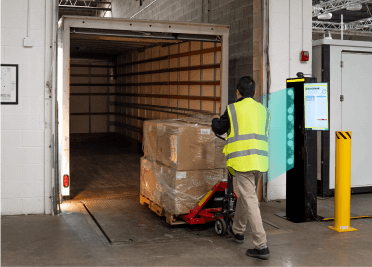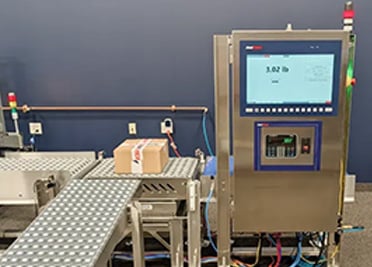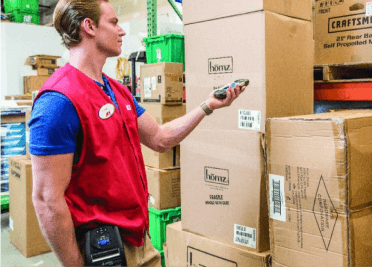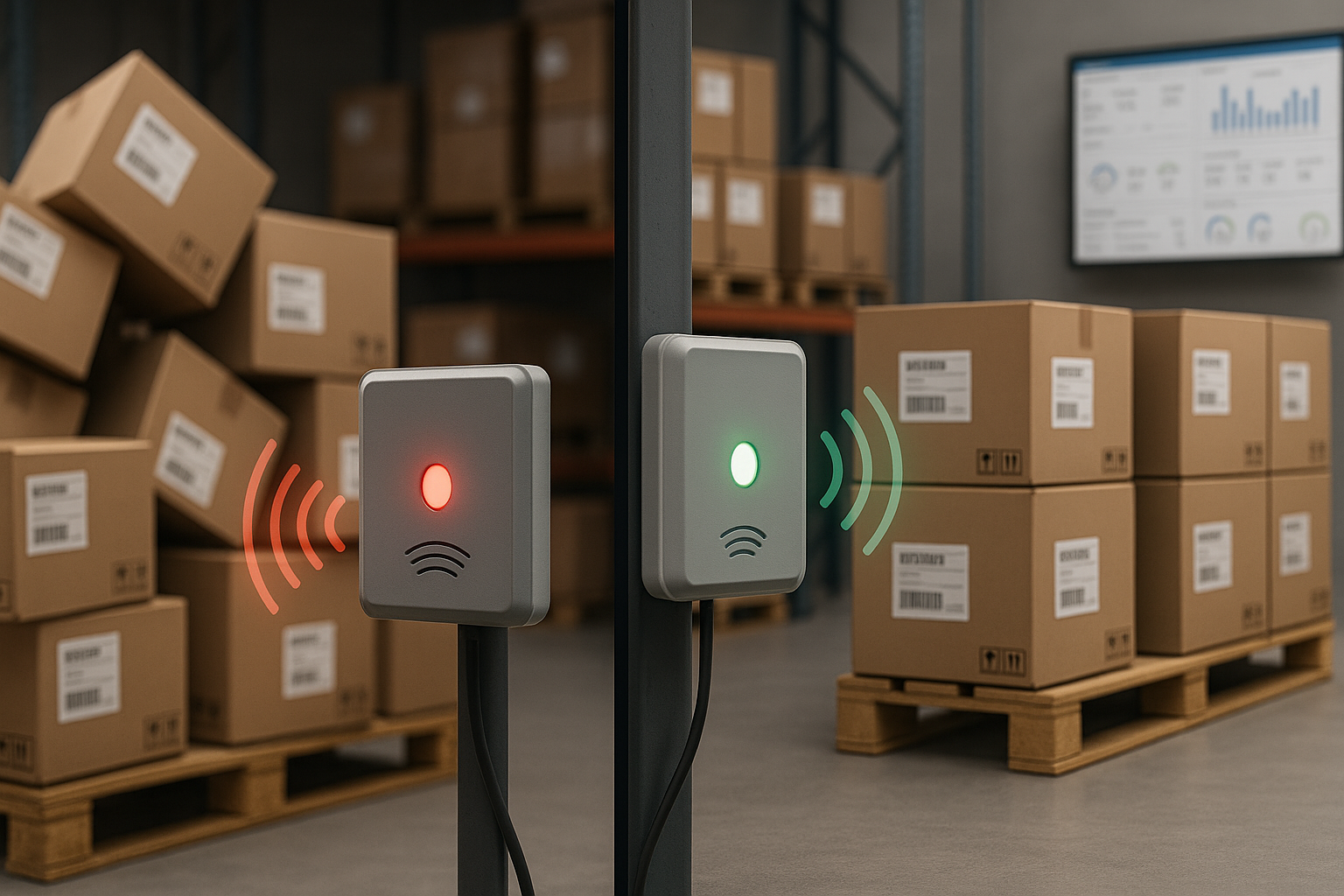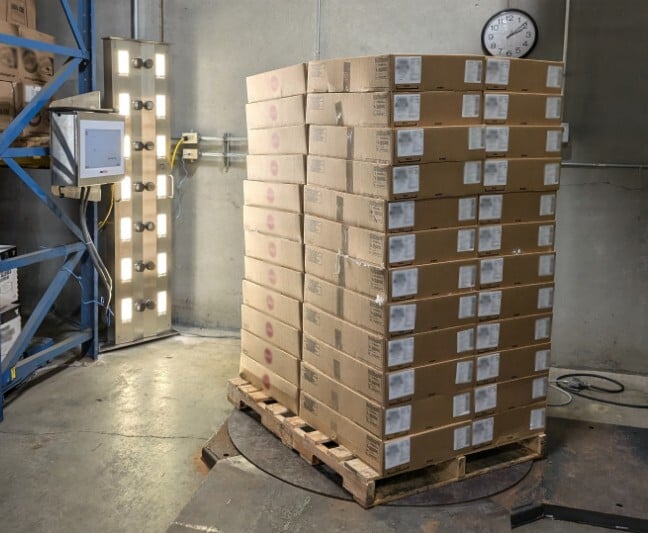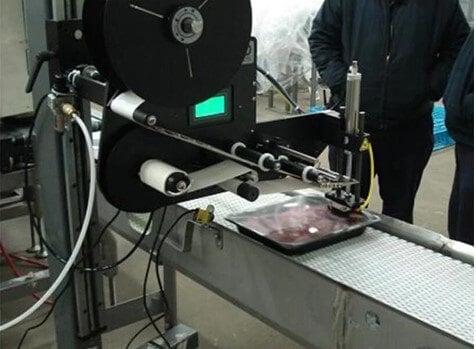RFID is not experimental anymore. The technology works — and it works well.
So why do some RFID deployments still fail?
From decades of working with enterprise teams, AbeTech has seen it all. And the reality is this: Most RFID failures aren’t technical. They’re strategic. They come down to planning, people, and process.
Here are the top 5 reasons RFID projects fail — and how you can avoid them.
- No Internal Champion
“You’re always going to get pushback from employees on process change.” – Adam Hendrickson, RFID Practice Lead, AbeTech
Every successful RFID project has one thing in common: an internal champion. Someone who drives the initiative, rallies cross-functional support, and keeps momentum alive when things get tough.
Projects without a champion often stall out. Or worse, they never gain internal traction at all.
How to avoid it:
Before kicking off any RFID initiative, identify a project owner who can communicate the ‘why,’ push through roadblocks, and serve as a bridge between teams — especially operations and IT.
- Poor Planning and Discovery
“Clients who try to force RFID into their environment without a defined problem usually don’t succeed.” – AbeTech RFID Team
Jumping into a pilot before understanding your environment, goals, or constraints is a recipe for frustration. Every facility is different. RFID works best when it’s tailored to your specific use case and layout.
How to avoid it:
Invest time upfront in a discovery workshop. AbeTech helps clients walk their facility, map workflows, test hardware in the actual environment, and align expectations early — so implementation goes smoothly later.
- Unrealistic Expectations
“RFID isn’t a magic wand. It’s a tool that solves real problems — when used correctly.” – AbeTech Webinar
Thinking RFID will solve every operational issue overnight leads to disappointment. Clients may expect real-time tracking when point-in-time reads are more realistic. Others may underestimate the training or integration effort involved.
How to avoid it:
Be transparent about what the technology can do — and where its limits are. AbeTech helps clients define success metrics, identify achievable outcomes, and communicate realistic timelines across teams.
- Forcing the Wrong Use Case
“Not every problem is an RFID problem. Sometimes the answer is barcodes — or process change.” – Adam Hendrickson
Some teams feel pressure to “do something with RFID” and end up applying it to the wrong process. This leads to poor ROI and frustration — especially if the process wasn’t broken to begin with.
How to avoid it:
Start with a meaningful, measurable use case. Examples include inventory visibility, WIP tracking, or shipping verification. AbeTech helps you pinpoint the use cases where RFID will have the highest impact.
- Skipping Change Management
“Even the best system will fail if the people using it aren’t bought in.” – Akhila Tadinada, Xemelgo
Technology is only as good as the people behind it. If employees aren’t trained, processes aren’t updated, or IT isn’t looped in, adoption will suffer.
How to avoid it:
Train early and often. Involve stakeholders across departments. Start with a crawl-walk-run model to build comfort and confidence in the system.
Set Yourself Up for Success
RFID projects fail when they’re treated like tech installations. They succeed when treated like change initiatives — supported by the right strategy, team, and partner.
AbeTech brings more than hardware
. We bring experience, process, and the ability to make RFID work in the real world.
